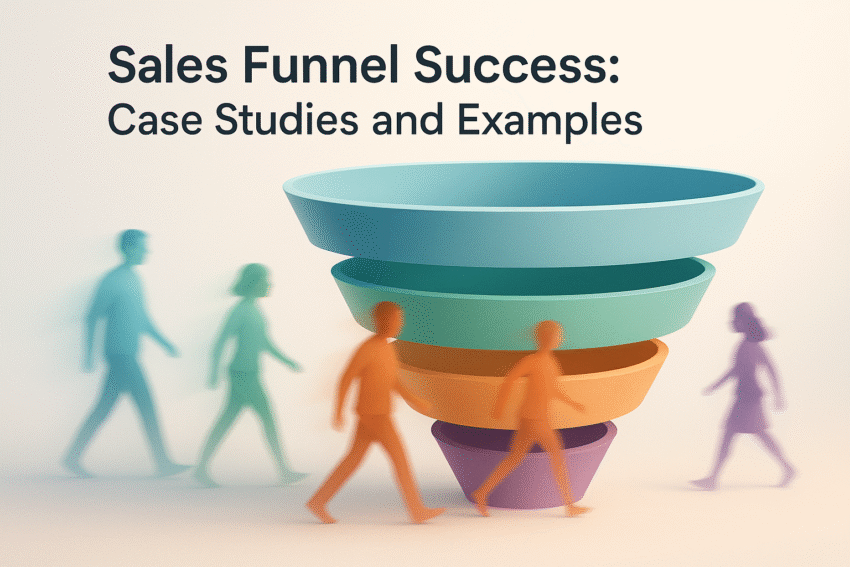Sales Funnel Success: Case Studies and Examples
Welcome to the world of sales funnels! 🎉 If you’re looking to boost your business’s conversions and optimize customer journeys, you’re in the right place. Today, we’ll dive deep into the world of sales funnels, backed by real-world case studies and actionable examples. Let’s unravel the secrets to sales funnel success!
Table of Contents
1. Introduction to Sales Funnels
2. Understanding the Sales Funnel Stages
3. Case Study: Company A’s Sales Funnel Transformation
4. Example: Crafting Your Own Successful Sales Funnel
5. Conclusion
6. FAQs
Introduction to Sales Funnels
At its core, a sales funnel is the journey a potential customer takes from discovering your brand to making a purchase. It’s a strategic approach to guide prospects through stages of awareness, interest, decision, and action. But how do you make sure your funnel isn’t leaking potential customers? Let’s explore!
Understanding the Sales Funnel Stages
Before diving into our case studies, let’s break down the typical stages of a sales funnel:
1. Awareness 👀: This is where potential customers first learn about your brand. It’s all about making a great first impression.
2. Interest 🌟: Here, prospects show interest in what you offer. They might sign up for newsletters or follow you on social media.
3. Decision 🤔: At this stage, customers are considering a purchase. They’ll compare options and look for reviews or testimonials.
4. Action 🛒: The final stage where the prospect becomes a customer by making a purchase.
Case Study: Company A’s Sales Funnel Transformation
Let’s take a peek into Company A, a small online retailer that struggled with converting website visitors into paying customers. By refining their sales funnel, they saw a dramatic increase in conversions. Here’s how they did it:
Awareness Stage: Company A utilized social media ads and blog posts to attract attention. They aimed to educate rather than hard sell, building trust and authority.
Interest Stage: They offered free downloadable resources, capturing email addresses and nurturing leads through targeted email campaigns.
Decision Stage: Enhanced product pages with customer testimonials and detailed FAQs helped reassure potential buyers.
Action Stage: Simplified checkout processes and offered limited-time discounts to encourage purchases.
Result? A whopping 45% increase in conversion rates within six months! 🚀
Example: Crafting Your Own Successful Sales Funnel
Ready to build your own sales funnel? Here’s a step-by-step guide to get started:
1. Identify Your Audience: Understand who your target customers are and what problems they need solving.
2. Create Valuable Content: Develop content that speaks to each stage of the funnel. Think blog posts, videos, and webinars.
3. Leverage Automation: Use email marketing and CRM tools to automate and personalize your communication.
4. Monitor and Optimize: Use analytics to track performance and make necessary adjustments for improvement.
Conclusion
Mastering your sales funnel is key to growing your business and increasing conversions. With strategic planning and continuous optimization, you’ll guide your prospects on a seamless journey from awareness to action. Remember, success is a journey, not a destination. Keep refining and adapting! 🚀
FAQs
Q1: What is a sales funnel?
A sales funnel is a marketing concept that maps out the journey a customer goes through when making a purchase, from initial awareness to final action.
Q2: How can I improve my sales funnel?
Focus on each stage of the funnel, create targeted content, use data to drive decisions, and continuously test and optimize your strategies.
Q3: Why is the awareness stage important?
The awareness stage is crucial because it’s your chance to make a great first impression and attract potential customers to your brand.
Q4: What tools can help in managing sales funnels?
Tools like CRM systems, email marketing platforms, and analytics software can help manage and optimize your sales funnel effectively.


